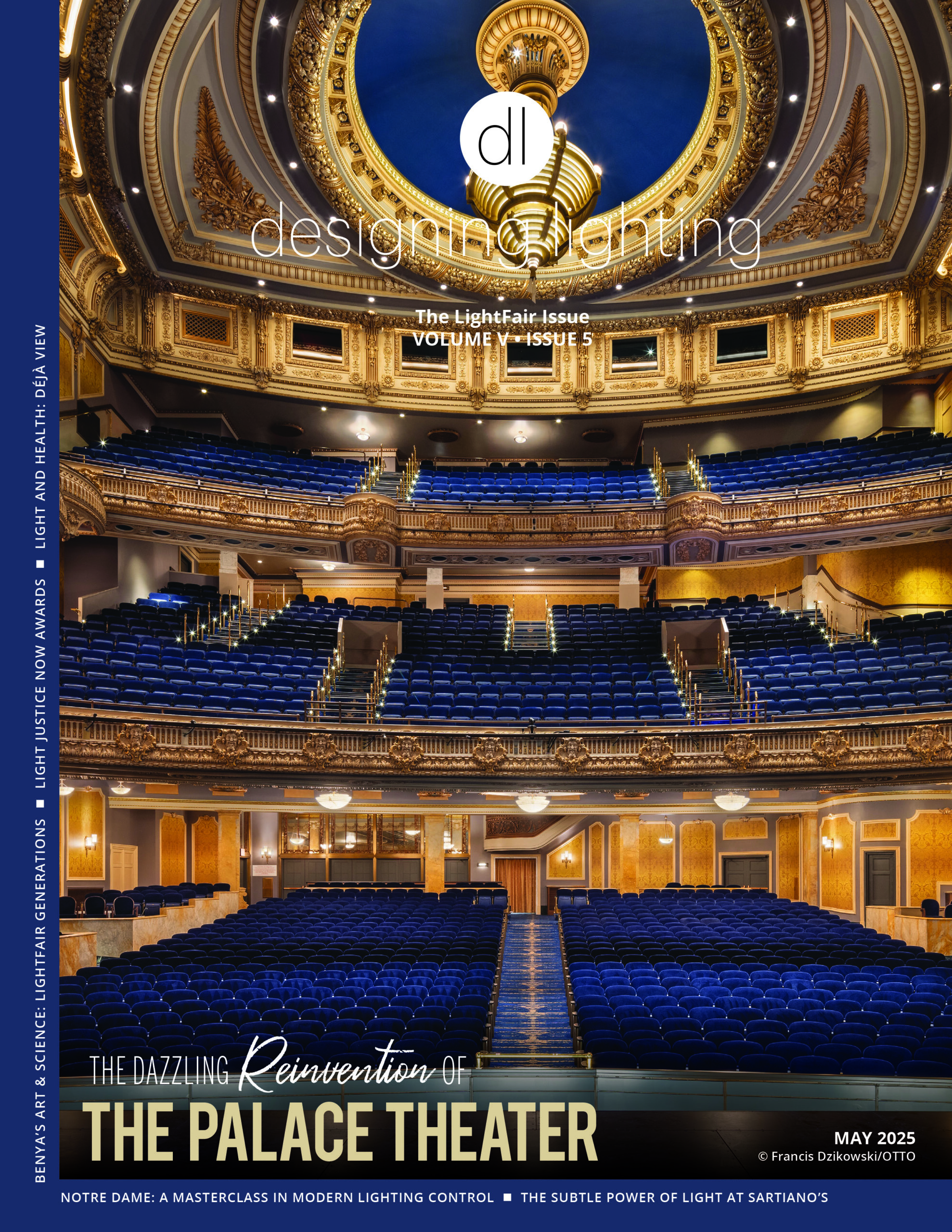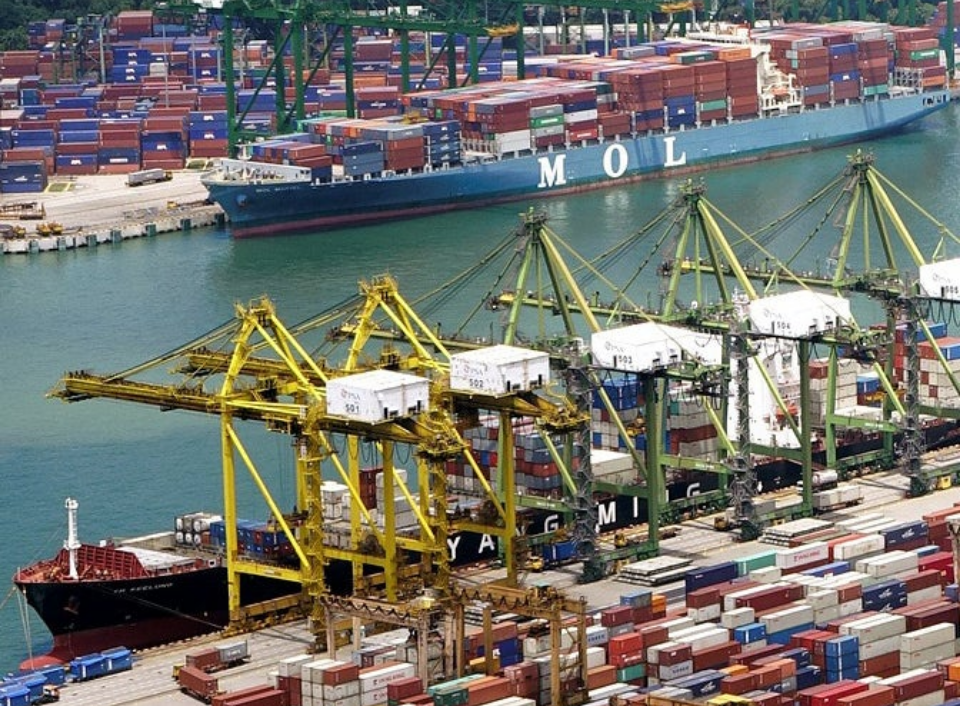With the damage the pandemic has caused, logistical problems have become one of the most daunting issues within our industry today. Increased lead times, price inflation and exorbitant shipping costs are now at the forefront. In a recent article on our sister site, EdisonReport, we published an article detailing the results of a survey done by Channel Marketing Group about what individuals in the industry forecast for 2021 price increases and business volume. In summary, the results indicated prices decreasing and business volume remaining flat or increasing, which did not coincide with recent headlines of price increases and product procurement issues. Randy Reid, editor of both designing lighting and The EdisonReport, says he believes the current industry-wide price increase will stick because every single company is experiencing higher raw material costs, as well as dramatically higher transportation costs.
Maxlite CEO, Spencer Bolgard, and CFO, Peter Maier, shared some of their observations with me about the state of shipping.
They explained that lead times have gotten longer due to the effects of COVID-19 on supply chain operations and port capacity. Typically, a lead time of 80-90 days for ocean shipments was the norm. Today, according to Spencer Bolgard, lead times peaked to 180 days in October, presenting issues on many fronts. One issue is that most customers will not be pleased hearing such long lead times. Mr. Bolgard expanded on this, mentioning how distributors will essentially go down the list of manufacturers to see if they have a product in stock and whoever has it wins the sale. Another interesting and negative effect of long lead times is one of obsolescence. Products that have been engineered and developed to particular specs could be obsolete or inferior to the up-to-date technology by the time 180 days have passed and they arrive in a U.S. warehouse. Lead times have a significant impact, both directly and indirectly, on the operations of a business, maybe more so than we realized before the pandemic hit.
The current situation regarding containers and port congestion is a poor one. Peter Maier explained that they’ve taken a snapshot of the Long Beach port and over 180,000 containers are backed up and still waiting to be offloaded. According to a Washington Post article about shipping issues, the Port of Los Angeles saw 42 ships anchored and waiting to unload cargo, despite warehouses already being full. In addition, a market update release by JAS Forwarding detailed that vessels, on average, are experiencing a delay of 10-14 days past the initial estimate for arrival, with the situation not forecasted to improve in the first quarter of 2021. Mr. Maier and Mr. Bolgard corroborated this forecast, as they both believe the situation will not improve until the second quarter or April at the very earliest.

Rounding out the discussion, they explained how this all ties into price increases. Freight charges for ocean shipments have increased by 15%. A shipping container that used to cost $2,000- 3,000 now costs $6,000-7,000. Add up all of these costs with added obstacles like price increases in raw materials and lost sales due to protracted lead times, many companies are just unable to absorb the costs. Steel, copper and aluminum have climbed to their highest prices in years, and COVID-19 has caused a world-wide shortage of electronic components due to a shortage in labor and increased consumer demand.
Despite the many obstacles the industry faces today, Randy Reid and Spencer Bolgard both believe the price increases are a necessity that will ultimately help strengthen the industry in the long term.
This article originally appeared in the February issue of designing lighting




